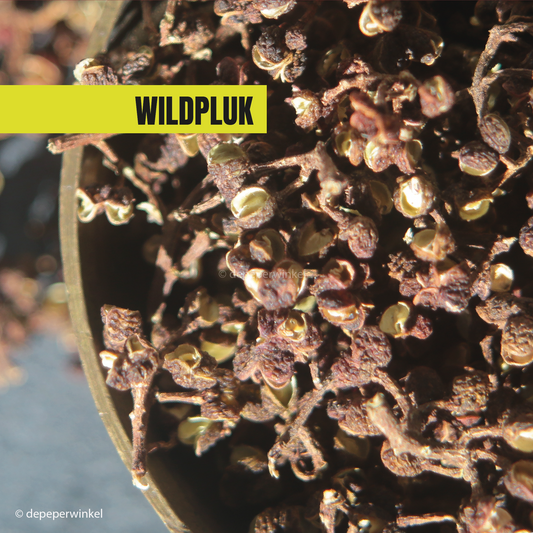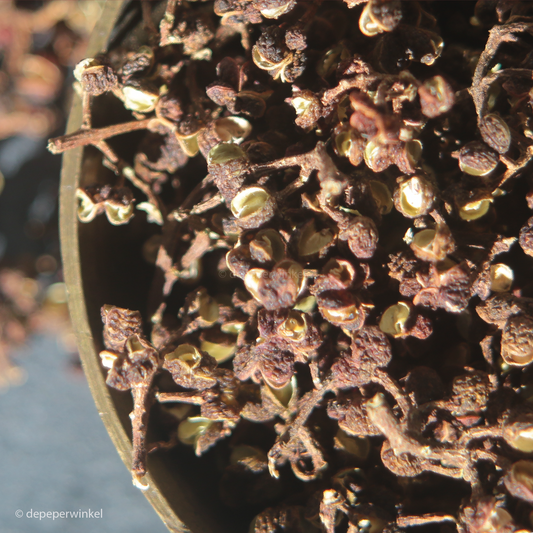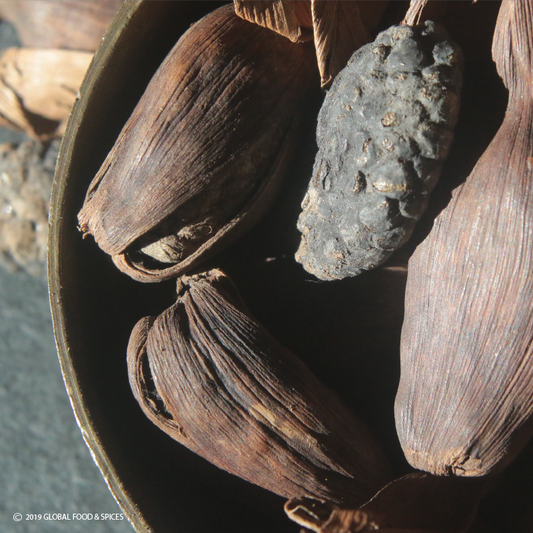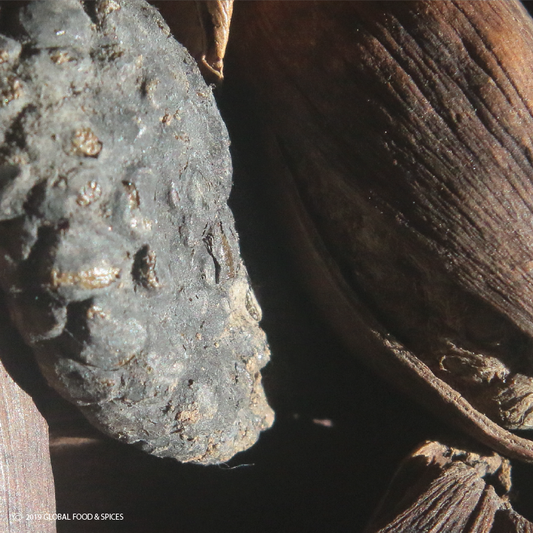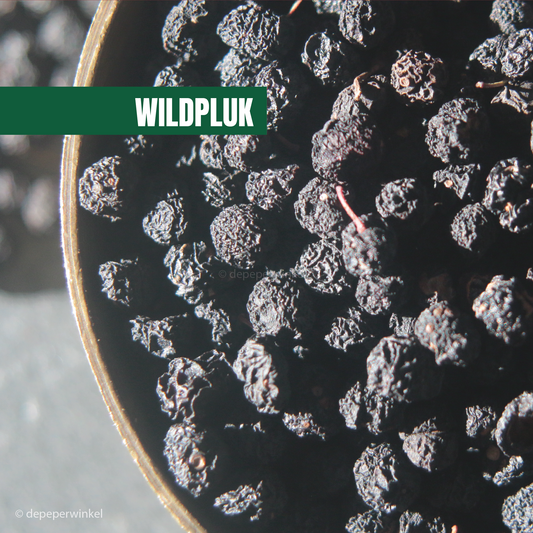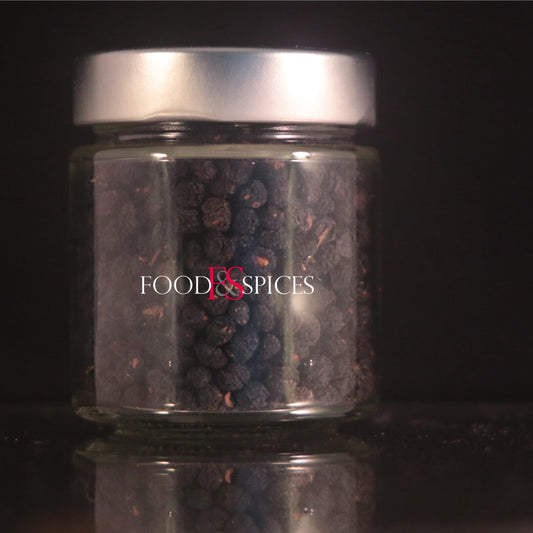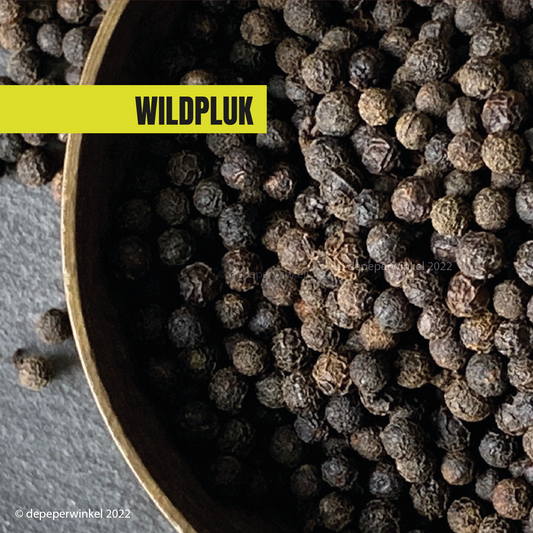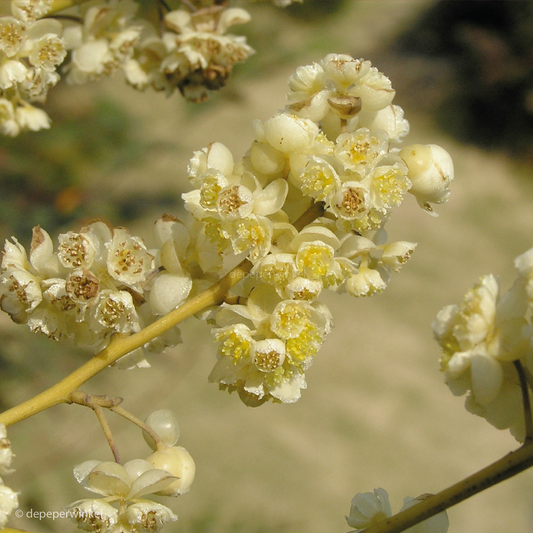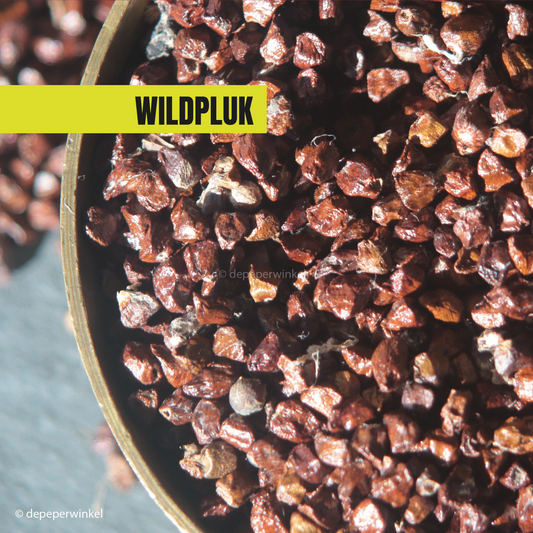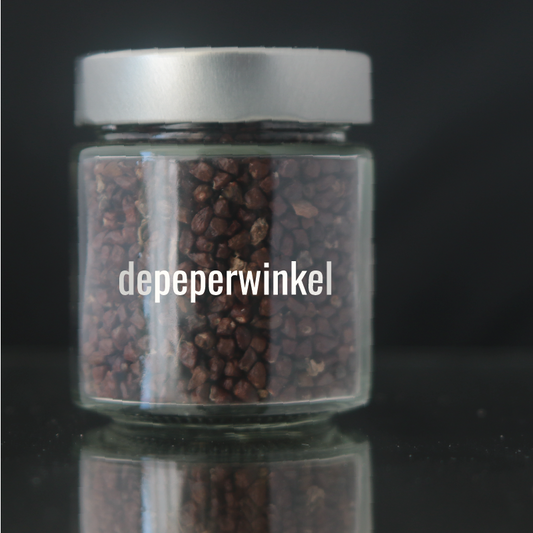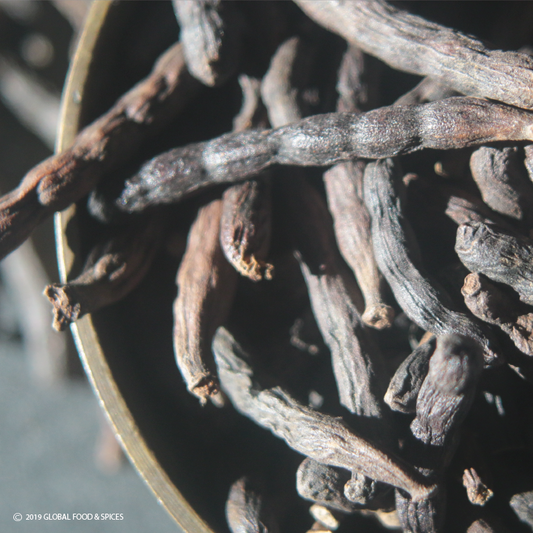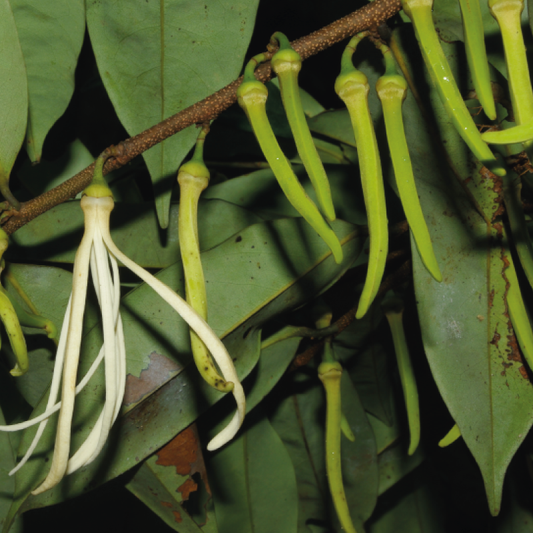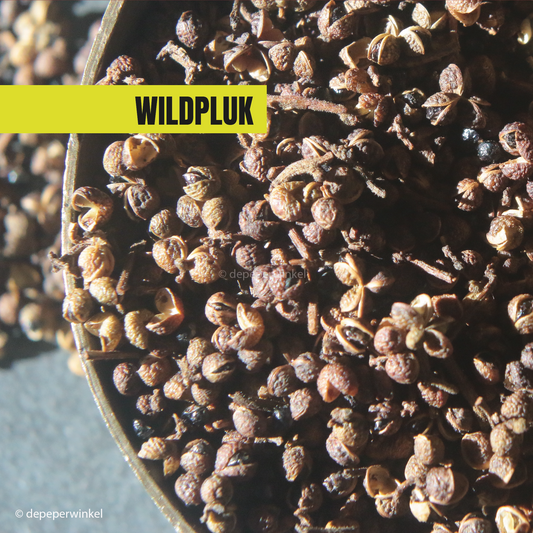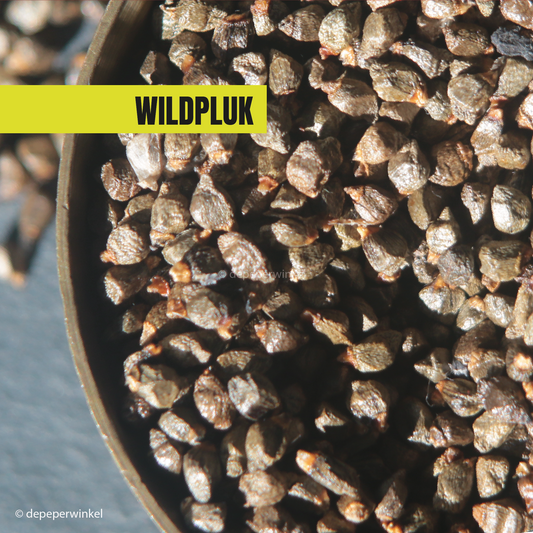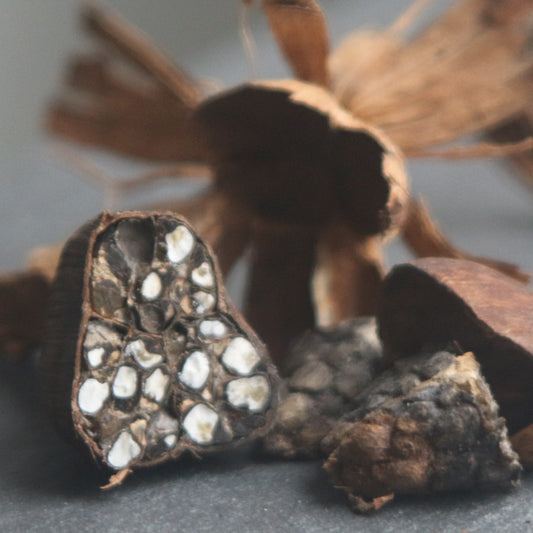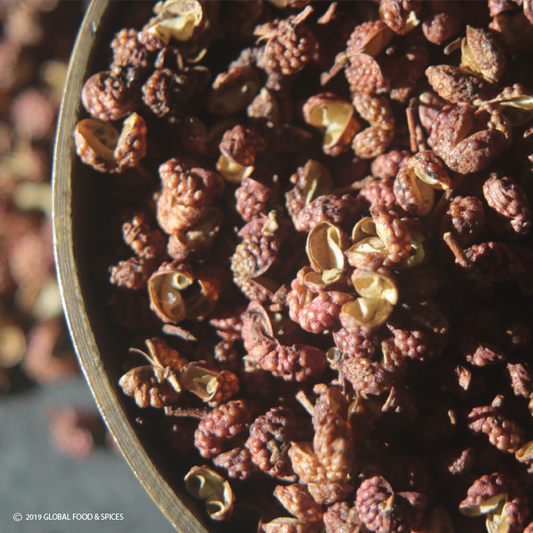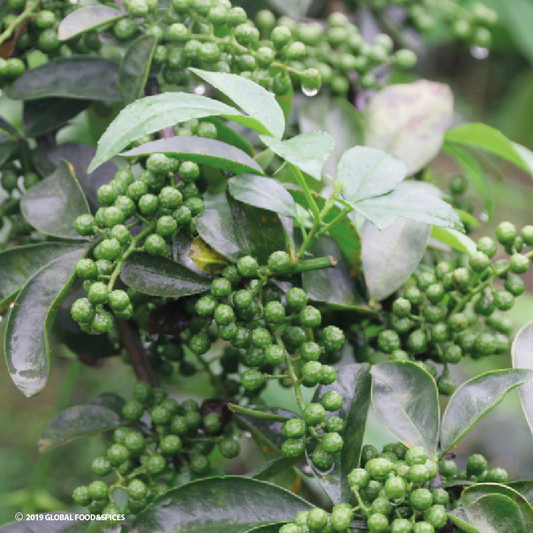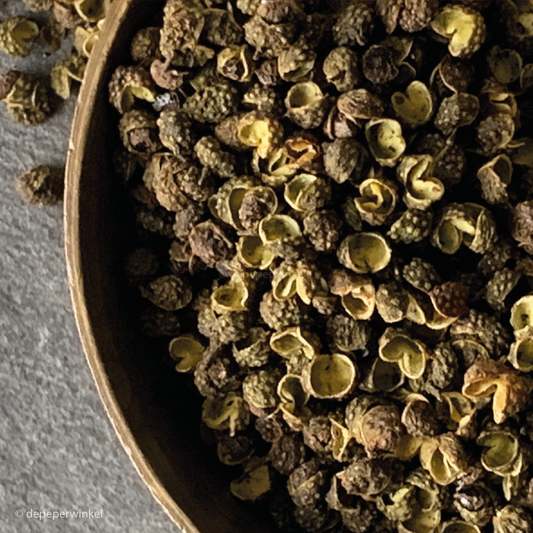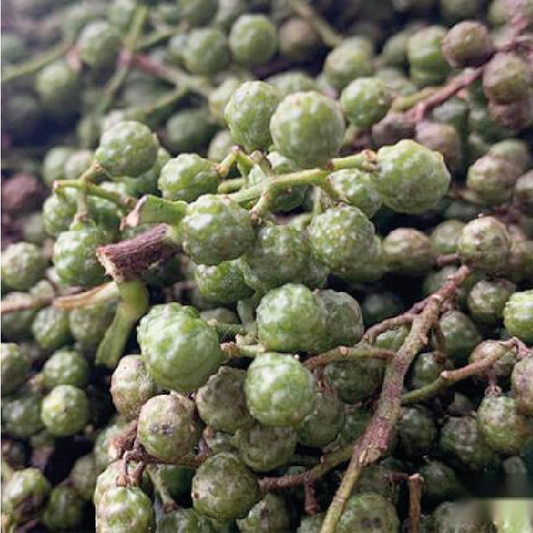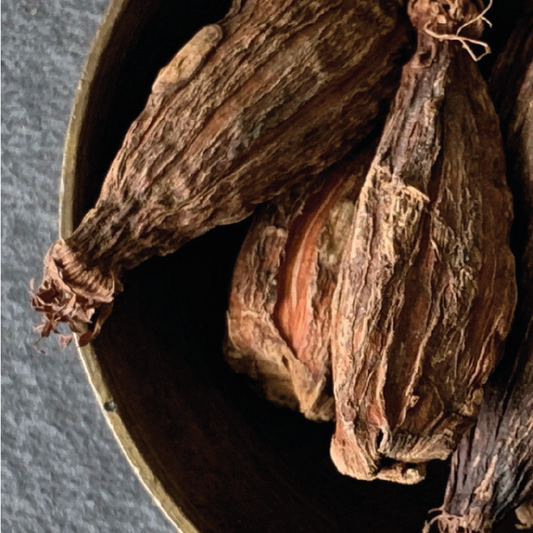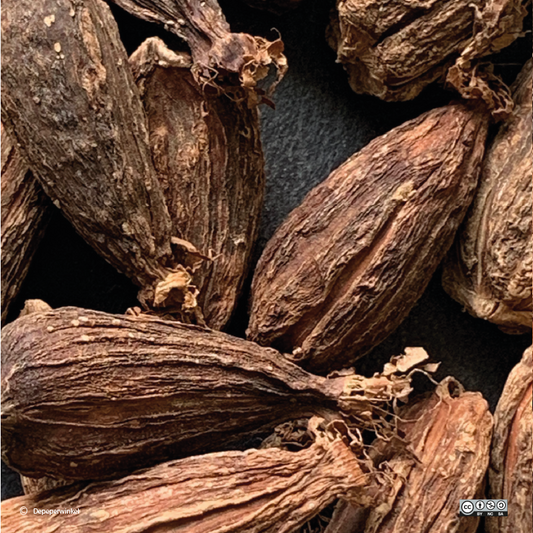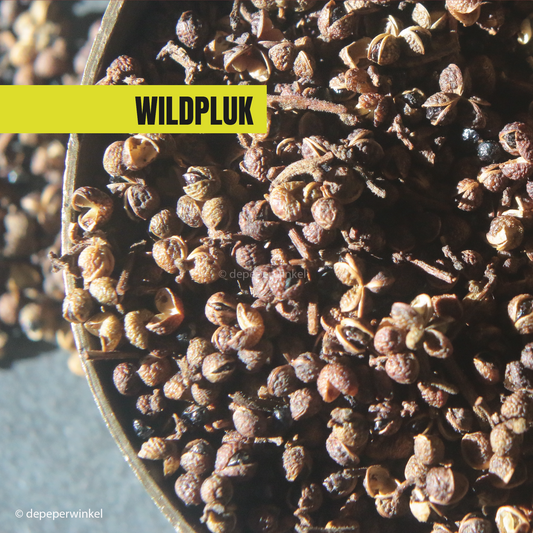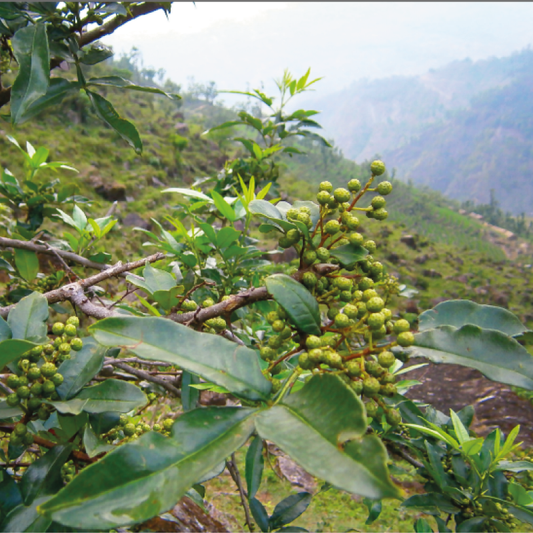Collection: Our "pseudo" peppers
Pseudopepers are often called 'false' peppers in other languages. In French, for example, the term 'faux poivre' is used, in English 'false pepper'. In colloquial usage, the term pepper is used for both plants from the gender Piper from the Piperaceae family as plants from the genus Capsicum from the Solanaceae family, better known as chili peppers. Pseudo peppers are all spices from other plant genera that are used in the same way as chili peppers for their pungency. these two "real" peppers.
In several countries such pseudo peppers are the standard, such as in Japan, where black pepper and chili pepper are inferior to Szechuan pepper, usually sansho. In Europe, some of the pseudo peppers traditionally used there have been completely forgotten, such as grain of paradise and selim. In Africa, where both of these originate, the Asian black pepper and long pepper, the native peppers, even the African long pepper, a real pepper.
The differences between the botanically different peppers concern both the degree of spiciness and the taste. As for the spiciness, only Plants from the Piperaceae family contain the pungent substance piperine. Pseudopepers appeal to our pungency receptors in very different ways. Such as with sanshool, the pungent substance in peppers from the Zanthoxylum genus (the Sichuan peppers), which numbs the tongue.
We take you on a world tour with our pseudo peppers that is well worth the effort.

-
Andaliman (Premium Batak Peper)
Normal price From €4,70 EURNormal priceUnit price €313,33 / per kg -
Mbongo (pods)
Normal price From €5,25 EURNormal priceUnit price €165,56 / per kg -
Tasmanian pepper (bush pepper)
Normal price From €14,25 EURNormal priceUnit price €486,67 / per kg -
Maqaw (magao) - pheasant pepper
Normal price From €3,95 EURNormal priceUnit price €126,67 / per kg -
Paradise grain
Normal price From €5,25 EURNormal priceUnit price €155,00 / per kg -
Selim (kani pepper)
Normal price From €4,40 EURNormal priceUnit price €140,00 / per kg -
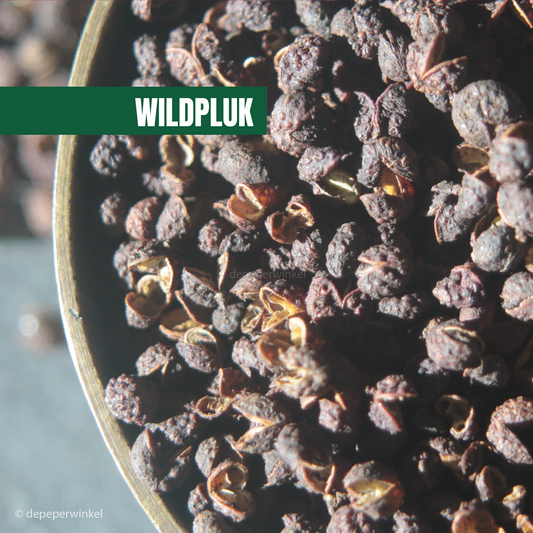
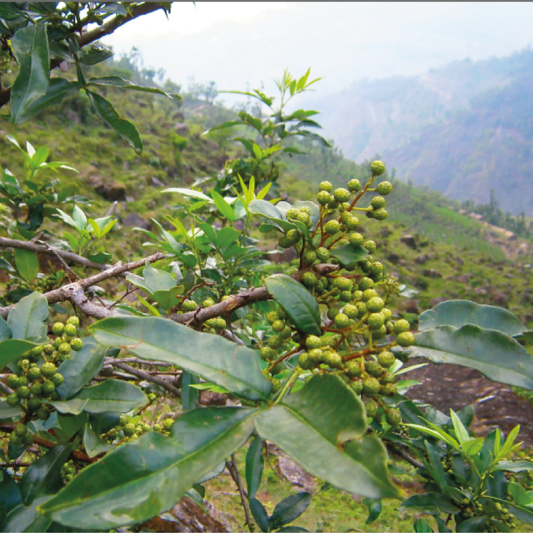 Offer
OfferRaye Timur
Normal price From €5,30 EURNormal priceUnit price €188,33 / per kg€98,50 EUROffer price From €5,30 EUROffer -
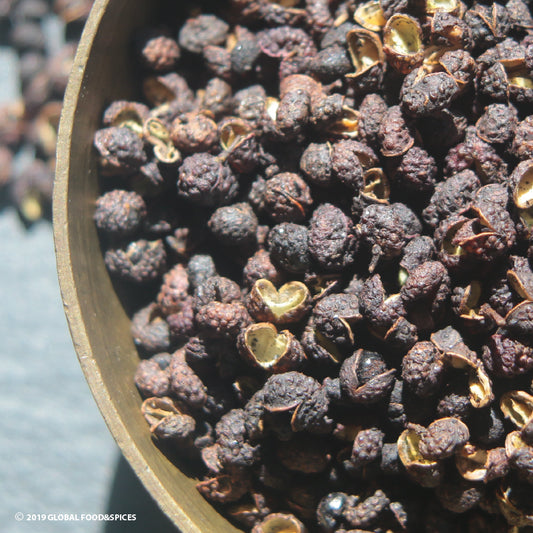
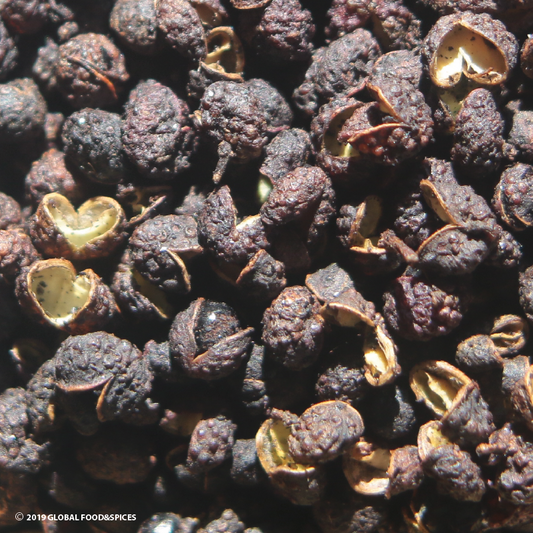 Sold out - expected soon
Sold out - expected soonRed Szechuan pepper Má jiāo (Fagara)
Normal price From €4,60 EURNormal priceUnit price €165,00 / per kg -
Mac khen - Vietnamese mountain pepper
Normal price From €5,60 EURNormal priceUnit price €198,33 / per kg -
Mbongo (grain)
Normal price From €4,90 EURNormal priceUnit price €145,00 / per kg -
Red Sichuan pepper Huā jiāo
Normal price From €5,45 EURNormal priceUnit price €193,33 / per kg -
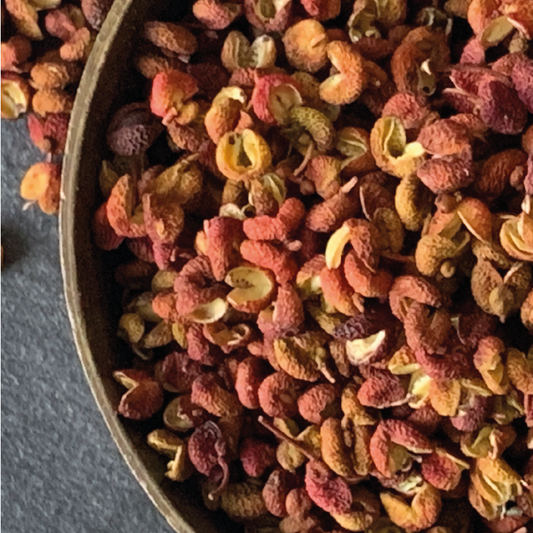
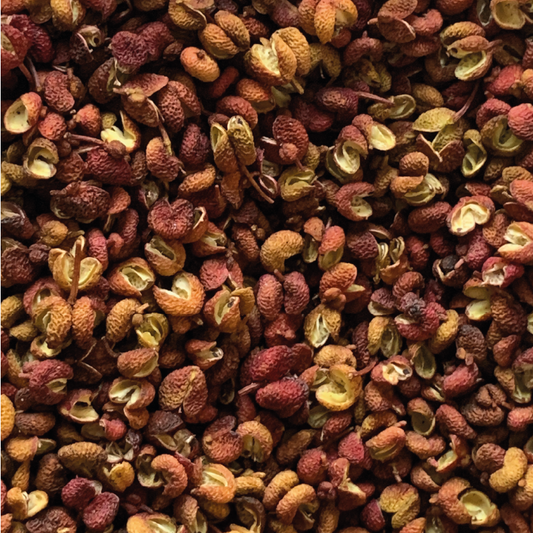 Sold out - expected soon
Sold out - expected soonRed Sansho pepper
Normal price From €14,95 EURNormal priceUnit price €510,00 / per kg -
Green Szechuan pepper Qīng huā jiāo
Normal price From €5,65 EURNormal priceUnit price €188,33 / per kg -
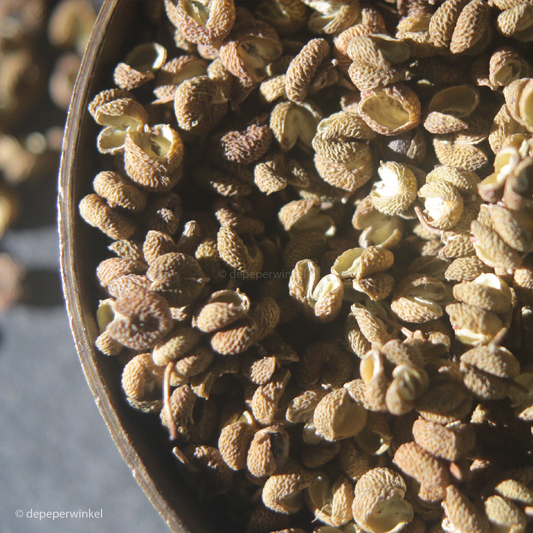
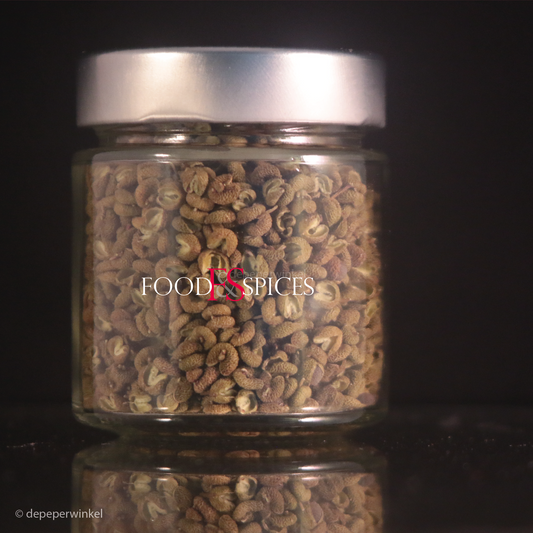 Sold out - expected soon
Sold out - expected soonGreen sansho pepper - Sanshō-no-mi
Normal price From €12,40 EURNormal priceUnit price / per -
Grain of Paradise (pods)
Normal price From €6,05 EURNormal priceUnit price €188,89 / per kg -
Ma khaen - Laotian mountain pepper
Normal price From €6,15 EURNormal priceUnit price €216,67 / per kg
Register for our newsletter
Our newsletter is published approximately four times a year and contains background information about our spices, news and regularly discount coupons especially for newsletter readers.
